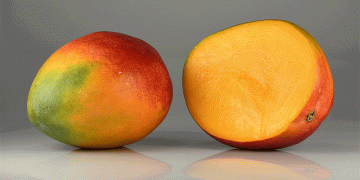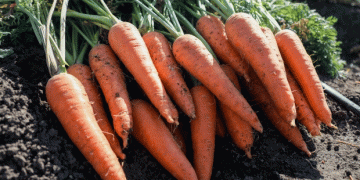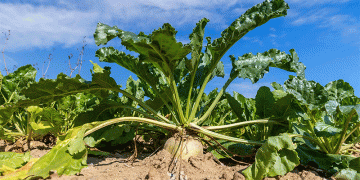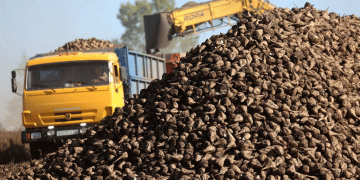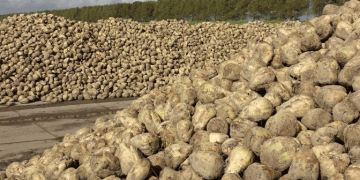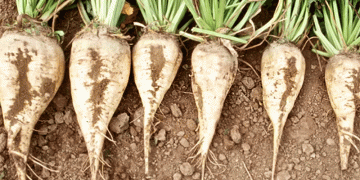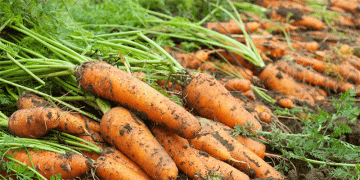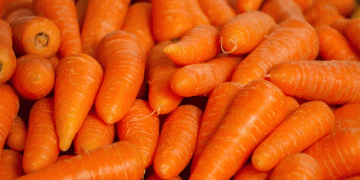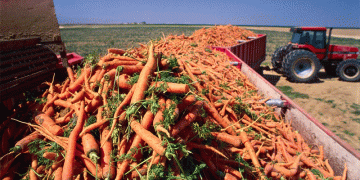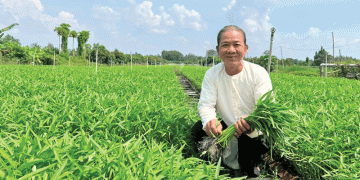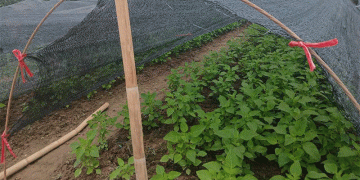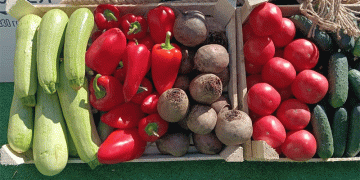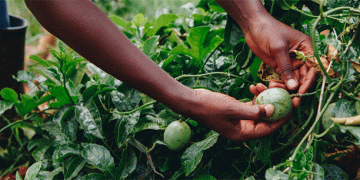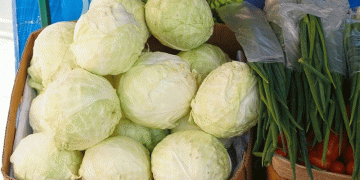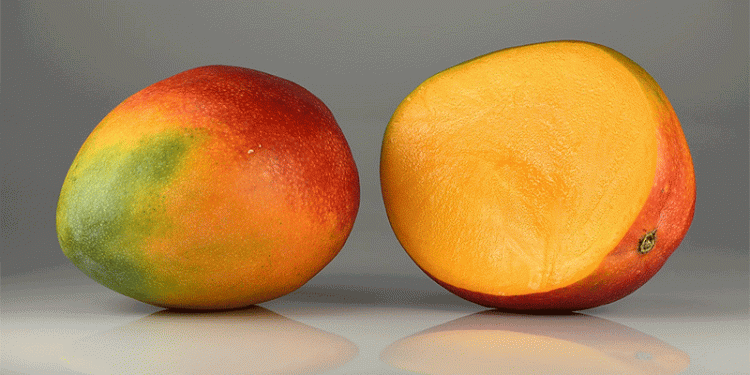The EU has become one of the top three global mango importers, thanks to the stability of the euro and tariff-free trade agreements. In 2023, Europe imported over 400,000 metric tons of mangoes, with Peru, Brazil, and West African nations like Côte d’Ivoire leading supplies (CIRAD, 2023). Yet, per capita consumption remains low compared to the U.S., where the National Mango Board’s promotional efforts have driven demand to 3.5 lbs per person annually (USDA, 2023).
Key Challenges Facing the European Mango Market
- Low Consumption & Need for Promotion
- Unlike the U.S., Europe lacks a centralized mango promotion body. Establishing an EU Mango Board could boost awareness and demand through marketing campaigns.
- Studies show that convenience products like pre-cut mangoes are gaining traction, with the EU’s fresh-cut fruit market projected to grow at 6.8% CAGR through 2027 (Statista, 2024).
- Pricing & Competition
- Open pricing or consignment sales hurt producers. Fixed minimum prices are essential to ensure fair trade.
- Rising imports from Egypt and South Africa, with lower production costs, threaten Latin American dominance.
- Logistics & Supply Chain Efficiency
- Faster, more reliable sea freight is critical for Latin American exporters to compete with African suppliers.
Collaboration is Key for Growth
Europe’s mango market has untapped potential, but success depends on:
- Stronger industry alliances to promote consumption.
- Guaranteed pricing models to protect producers.
- Improved logistics to ensure quality and reduce costs.
By focusing on quality, marketing, and supply chain efficiency, Europe’s mango industry can secure long-term profitability and meet growing demand.
